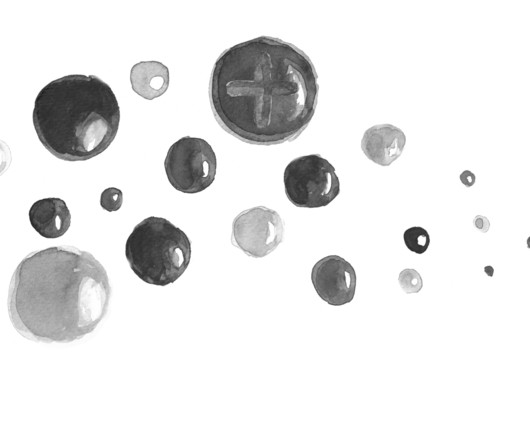The VIP Syndrome In Healthcare (Very Important Person)
The Trauma Pro
JUNE 21, 2024
This situation was first documented in a paper published in the 1960s, which noted that VIP patients have worse outcomes. 2011 Feb;78(2):90-4. The VIP syndrome occurs in healthcare when a celebrity or other well-connected “important” person receives a level of care that the average person does not. Who is a VIP? A family member.




























Let's personalize your content